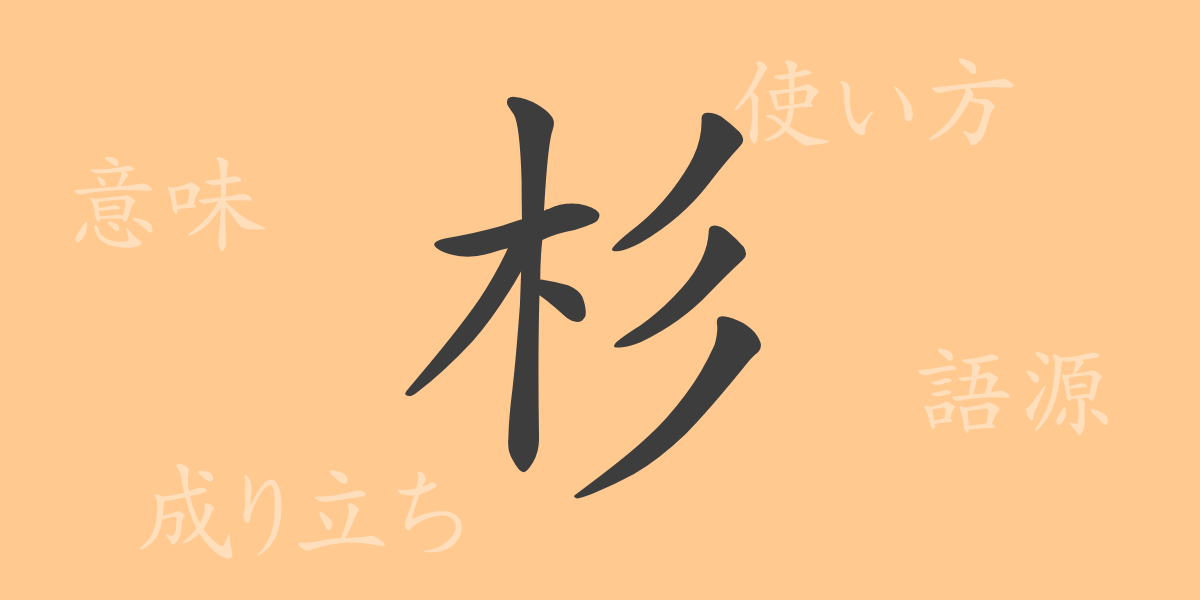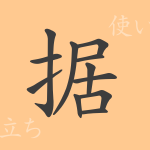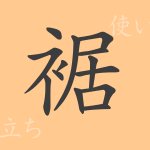Among the myriad of kanji that enrich the Japanese language, each with its own history and significance, the kanji ‘杉’ (スギ) stands out. This character not only denotes a type of tree but also embodies a rich historical and cultural significance. In this article, we delve deep into the kanji ‘杉’, exploring its origins, meanings, uses, and the phrases and idioms it appears in, enriching our understanding of this element of Japanese culture.
Origins of 杉
The kanji ‘杉’ originated in ancient China, composed of the radical ‘木’ (tree) and ‘束’ (to bind), which reflects the appearance of the fine branches and foliage of the cedar tree. The combination symbolizes the characteristics of the cedar tree and has been used to denote cedar wood in particular. This kanji illustrates how linguistic elements can encapsulate the essence of natural elements.
Meaning and Usage of 杉
Primarily, ‘杉’ refers to cedar trees and cedar wood, widely used in construction and crafts due to its durability and reliability. Metaphorically, it is also used to describe something that is towering or reliable. The character plays a vital role in Japan’s traditional culture and is revered in various cultural practices.
Readings, Stroke Count, and Radical of 杉
The kanji ‘杉’ is rich in both form and function:
- Readings: On’yomi ‘サン’, Kun’yomi ‘すぎ’.
- Stroke Count: Composed of 12 strokes.
- Radical: The radical is ‘木’ (tree), classifying it among kanji related to wood and trees.
Phrases and Idioms Using 杉
‘杉’ appears in various idioms and phrases, each reflecting aspects of Japanese culture:
- 杉戸(すぎど): Doors made from cedar wood, highlighting the material’s common use in traditional architecture.
- 杉柏(すぎはく): Cedar and cypress trees, often associated with longevity and immortality in cultural expressions.
- 杉作り(すぎづくり): Objects made from cedar, emphasizing the wood’s characteristics and its adaptability in craftsmanship.
Conclusion on 杉
The kanji ‘杉’ goes beyond merely representing a tree; it is imbued with multifaceted cultural values deeply rooted in Japan’s geographical and cultural landscape. From its etymology to its role in Japanese history and various expressions, ‘杉’ remains integrally linked to the lives of the Japanese people. As we continue to explore and appreciate such kanji, they remain enduring symbols of Japan’s natural beauty and cultural heritage.

























